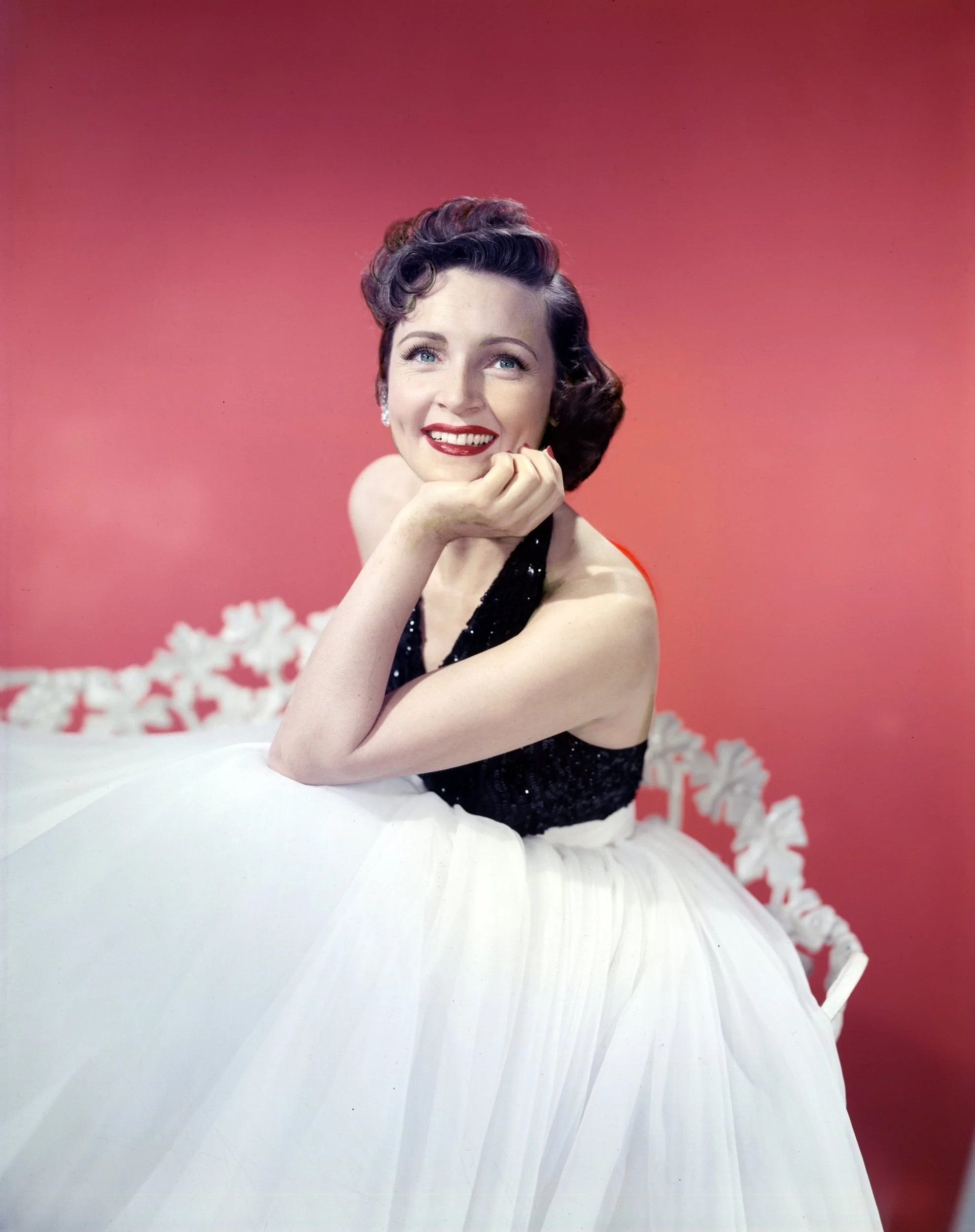Book Review: A Tale of Two Cities by Charles Dickens
Photo from Collider
Peyton Toepfer
“It was the best of times, it was the worst of times.” This famous opener by Charles Dickens truly highlights the conflicting states of the people during the French Revolution. The book primarily takes place in France, and Dickens portrays France as an economically disproportionate country, especially since it was the poor who rose up to fight the aristocracy in the revolution.
The book begins in 1775 when Jarvis Lorry embarks on a journey to Paris as a secret for Tellson’s Bank. With him is Lucie Manette, whose father had just been released from prison. When they find Lucie’sher father in his former servant’s care, he has been traumatized by the prison and is unable to function properly.
After five years, Lorry is called to witness the trial of Charles Darnay, who is accused of being a spy. Lucie Manette is also present. Charles was not found guilty. The book also has a love triangle in which Charles and a man named Sydney both had a love for Lucie, but she only loved Charles back. Both men looked extremely similar to each other.
After the storming of the Bastille in 1789, Charles gets a letter from his uncle’s steward, calling for him to save them. Charles was tricked and arrested, and on his second trial he was to be sent to the guillotine. Sydney, who had been in Paris still loved Lucie, wanted to save Charles for her. Since they looked so similar, they traded places in the prison and Sydney was beheaded at the guillotine.
“It is a far, far better thing that I do, than I have ever done, it is a far, far better rest that I go to than I have ever known.” -Sydney Carton’s last words before being beheaded at the guillotine
These last words truly show the love Sydney had for Lucie. Even though he was never once loved back, he chose to end his life to save the happiness of two people, one being the man he lost in love to. I believe that these words also provide a good sense of closure for the story, especially with the battling opening lines.
To sum it up, I’d give this book a solid 5/5. The characters were great and the plot was as well. I think that since it is historical fiction it provides a more realistic scenario to the French Revolution. While books with fantasy and other supernatural occurrences are good, the less optimistic parts of this book are really what made it such a good read. Even though this book is only 288 pages long, I don't think there’s a better way to illuminate the best and worst times of the French Revolution.






